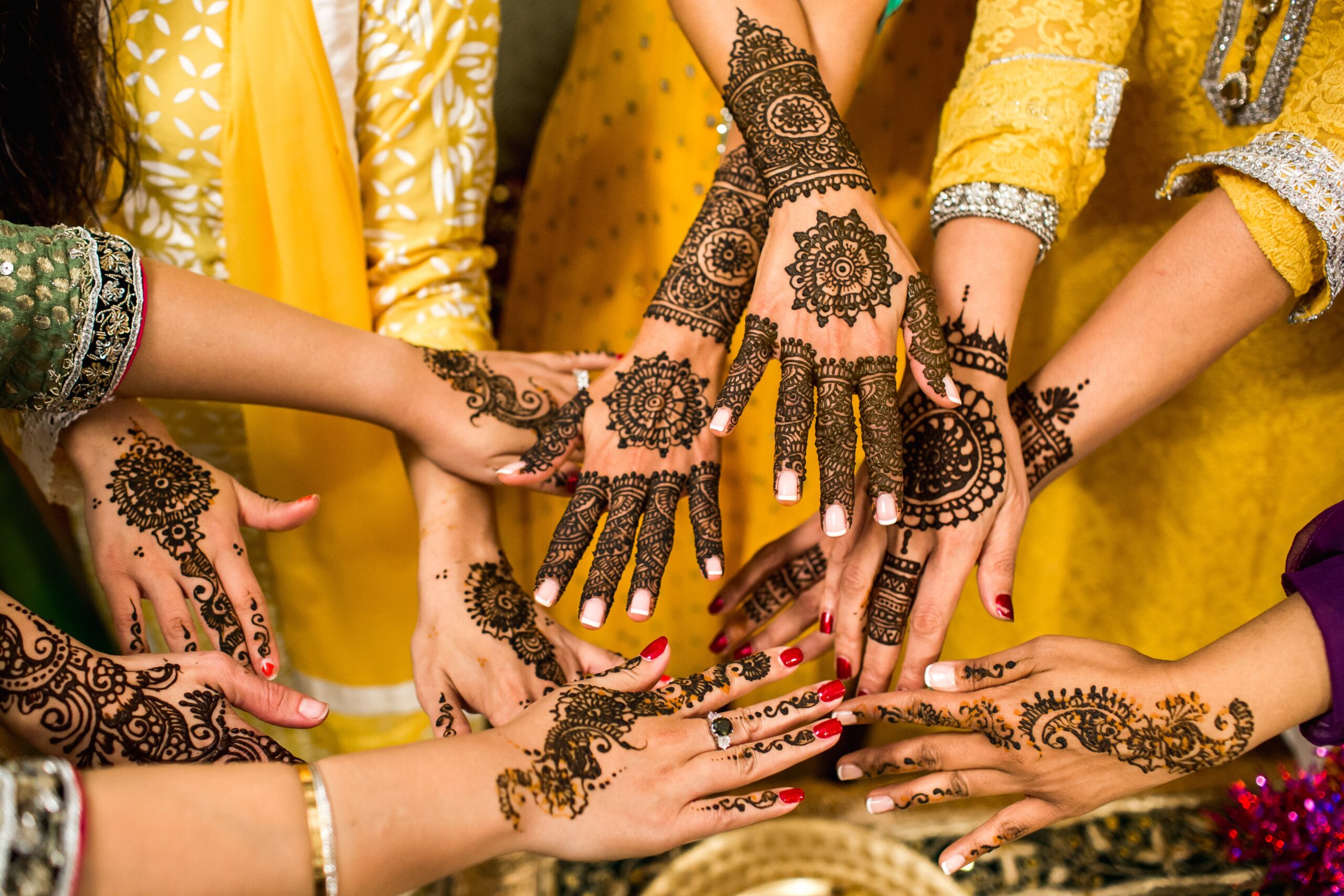Introduction
Mehendi, also known as henna, is a form of body art that has been practiced for centuries in India. It involves the application of a paste made from the powdered leaves of the henna plant on various parts of the body, creating intricate designs that can last for weeks. Mehendi holds a special place in Indian culture and is an integral part of weddings and other festive occasions.
Significance of Mehendi
Mehendi is considered to be a symbol of good luck and prosperity in Indian culture. It is believed to bring happiness and blessings to the newlyweds and ward off evil spirits. The process of applying mehendi is seen as a way to purify and beautify the body, and it is often associated with fertility and the ability to create new life.
History of Mehendi
The history of mehendi dates back thousands of years, with its origins traced to ancient Egypt and India. The use of henna as a dye and body art can be found in various ancient texts and artworks. In India, mehendi has been used for centuries as a form of adornment, especially during weddings and religious ceremonies.
Over time, mehendi has evolved into a complex art form, with different regions in India developing their own unique styles and designs. From delicate floral patterns to intricate geometric shapes, mehendi designs have become a way for individuals to express their creativity and personal style.
Mehendi in Indian Weddings
In Indian weddings, mehendi plays a significant role and is considered an essential part of the pre-wedding rituals. The mehendi ceremony, also known as the mehendi ki raat, is a joyous occasion where the bride and her female friends and family members gather to celebrate.
During the mehendi ceremony, the bride’s hands and feet are adorned with intricate mehendi designs, symbolizing love, fertility, and good fortune. It is also common for the groom’s initials or name to be hidden within the bride’s mehendi design, adding an element of surprise and anticipation.
The mehendi ceremony is not just about applying mehendi on the bride’s hands and feet; it is a time for celebration, laughter, and bonding. It is often accompanied by music, dancing, and traditional rituals, creating a festive atmosphere.
Conclusion
Mehendi is more than just a form of body art; it is a cultural tradition that holds deep meaning and significance in Indian weddings. From its ancient origins to its role in modern-day celebrations, mehendi continues to be a cherished part of Indian culture.


Leave a Reply